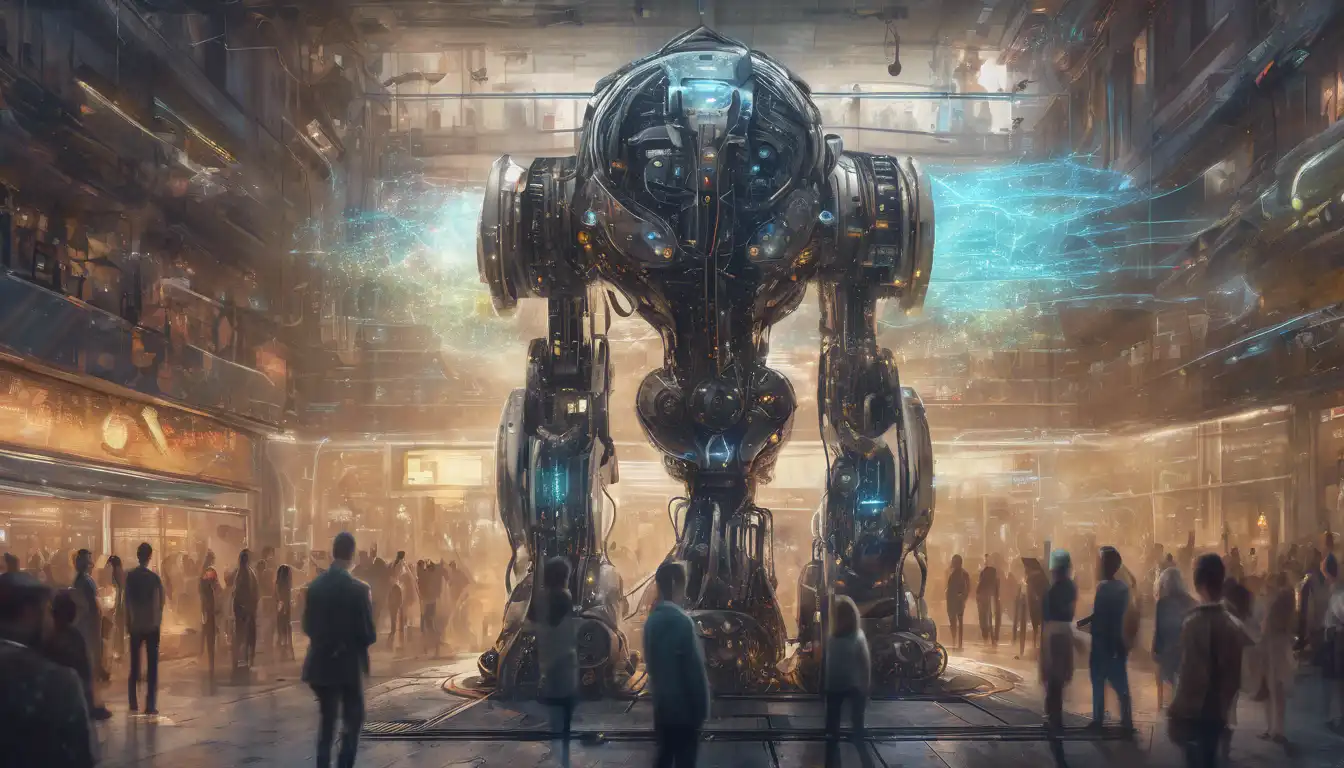Introduction to Machine Learning in Recommendations
Machine learning has revolutionized the way we interact with technology, especially in the realm of recommendation systems. From streaming services to e-commerce platforms, machine learning algorithms are at the heart of personalized suggestions that enhance user experience. This article delves into how machine learning powers these recommendations, making them more accurate and user-friendly.
Understanding Recommendation Systems
Recommendation systems are algorithms designed to suggest relevant items to users based on various data points. These systems can be broadly categorized into content-based filtering and collaborative filtering. Machine learning enhances these systems by analyzing vast amounts of data to predict user preferences with remarkable accuracy.
Content-Based Filtering
Content-based filtering recommends items similar to those a user has liked in the past. Machine learning algorithms analyze item features and user behavior to make these suggestions. For example, if a user frequently watches sci-fi movies, the system will recommend other movies in the same genre.
Collaborative Filtering
Collaborative filtering, on the other hand, recommends items based on the preferences of similar users. Machine learning identifies patterns and relationships between users and items to make these recommendations. This approach is widely used in platforms like Netflix and Amazon.
The Power of Machine Learning
Machine learning algorithms, such as neural networks and decision trees, can process and analyze large datasets much faster than traditional methods. This capability allows recommendation systems to adapt in real-time, providing users with up-to-date and relevant suggestions.
Personalization at Scale
One of the biggest advantages of machine learning in recommendation systems is the ability to personalize at scale. Whether it's a small e-commerce store or a global streaming service, machine learning ensures that each user receives tailored recommendations.
Continuous Improvement
Machine learning models continuously learn from new data, improving their recommendations over time. This iterative process ensures that the systems become more accurate and effective, enhancing user satisfaction and engagement.
Challenges and Solutions
Despite their effectiveness, machine learning-based recommendation systems face challenges such as data sparsity and cold start problems. However, advancements in algorithms and data processing techniques are addressing these issues, making the systems more robust and reliable.
Data Sparsity
Data sparsity occurs when there is insufficient data to make accurate recommendations. Machine learning techniques like matrix factorization help mitigate this problem by filling in the gaps in the data.
Cold Start Problem
The cold start problem arises when a new user or item is introduced to the system. Hybrid recommendation systems, which combine content-based and collaborative filtering, are effective in overcoming this challenge.
Future of Recommendation Systems
The future of recommendation systems lies in the integration of advanced machine learning techniques like deep learning and reinforcement learning. These technologies promise to deliver even more personalized and accurate recommendations, further enhancing user experience.
Deep Learning
Deep learning models, such as convolutional neural networks, can analyze complex data patterns, making them ideal for recommendation systems. These models are particularly effective in processing unstructured data like images and text.
Reinforcement Learning
Reinforcement learning enables recommendation systems to learn from user feedback in real-time. This approach allows the systems to adapt dynamically, providing recommendations that align with the user's evolving preferences.
Conclusion
Machine learning is the driving force behind modern recommendation systems, enabling them to deliver personalized and accurate suggestions. As technology continues to evolve, these systems will become even more sophisticated, offering unparalleled user experiences. For more insights into the world of machine learning, check out our AI vs. Machine Learning article.
